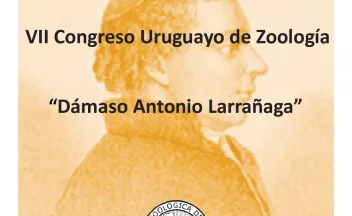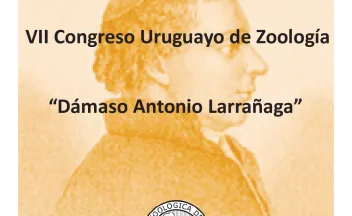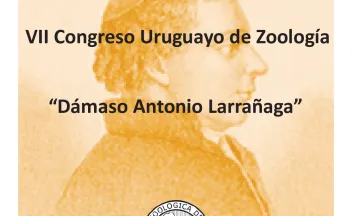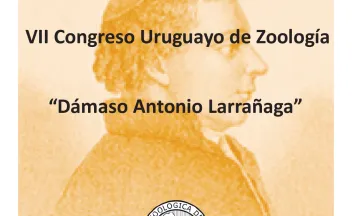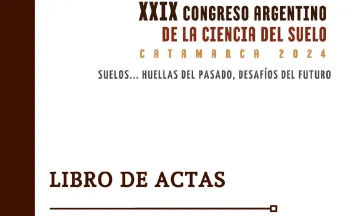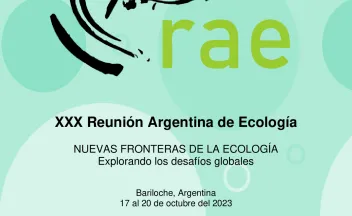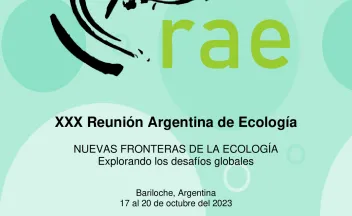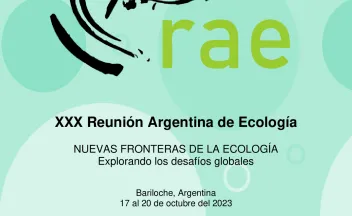Melanophis sorghi: una plaga que afecta los cultivos de sorgo y caña de azúcar en Uruguay. [PO]
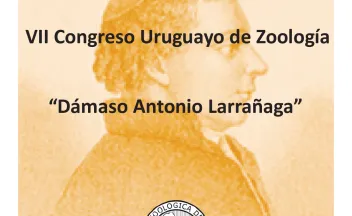
El complejo de pulgones "Mss" (Melanophis sacchari/sorghi) está reportado en la mayoría de los países de América. Es considerada una de las principales plagas en el cultivo de sorgo (Sorghum spp.) y en menor nivel en los de caña de azúcar (Saccharum officinarum).

